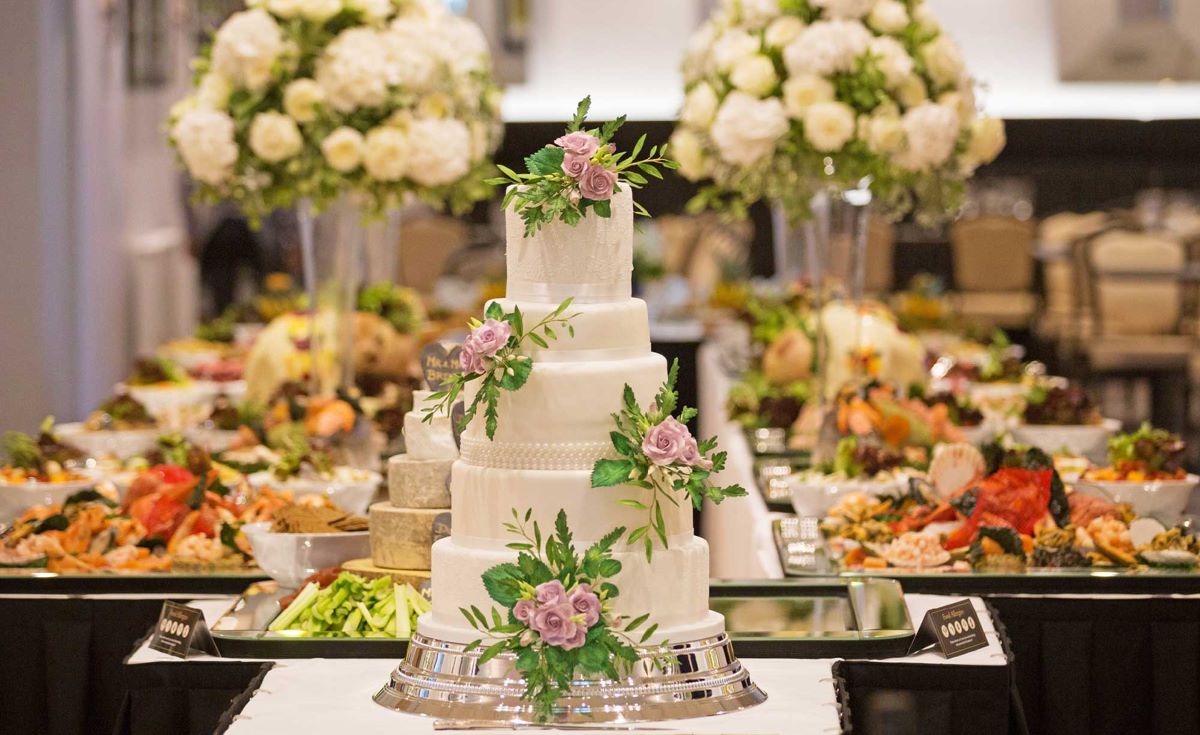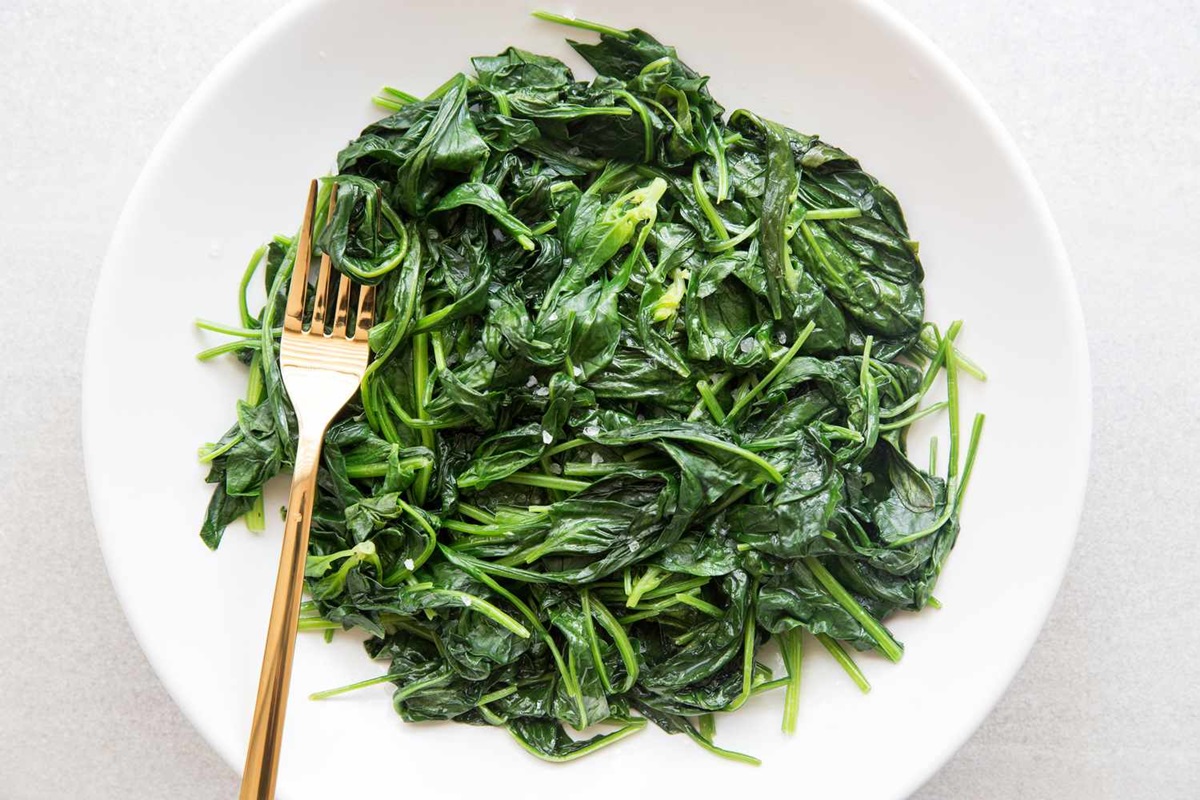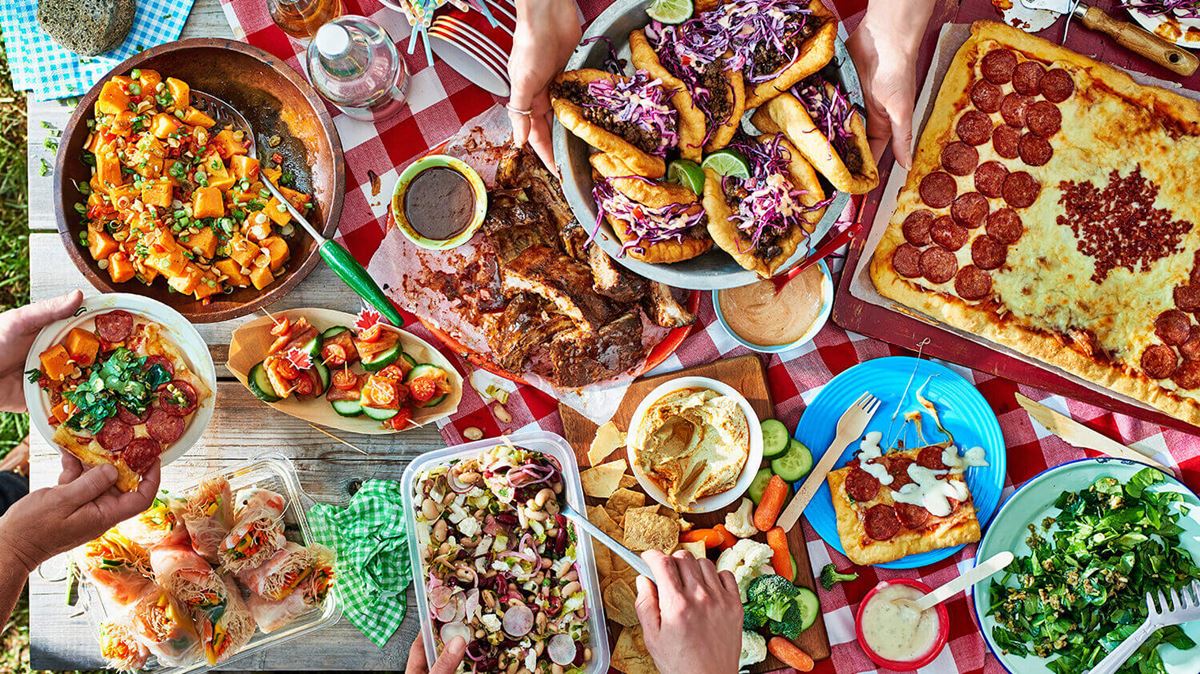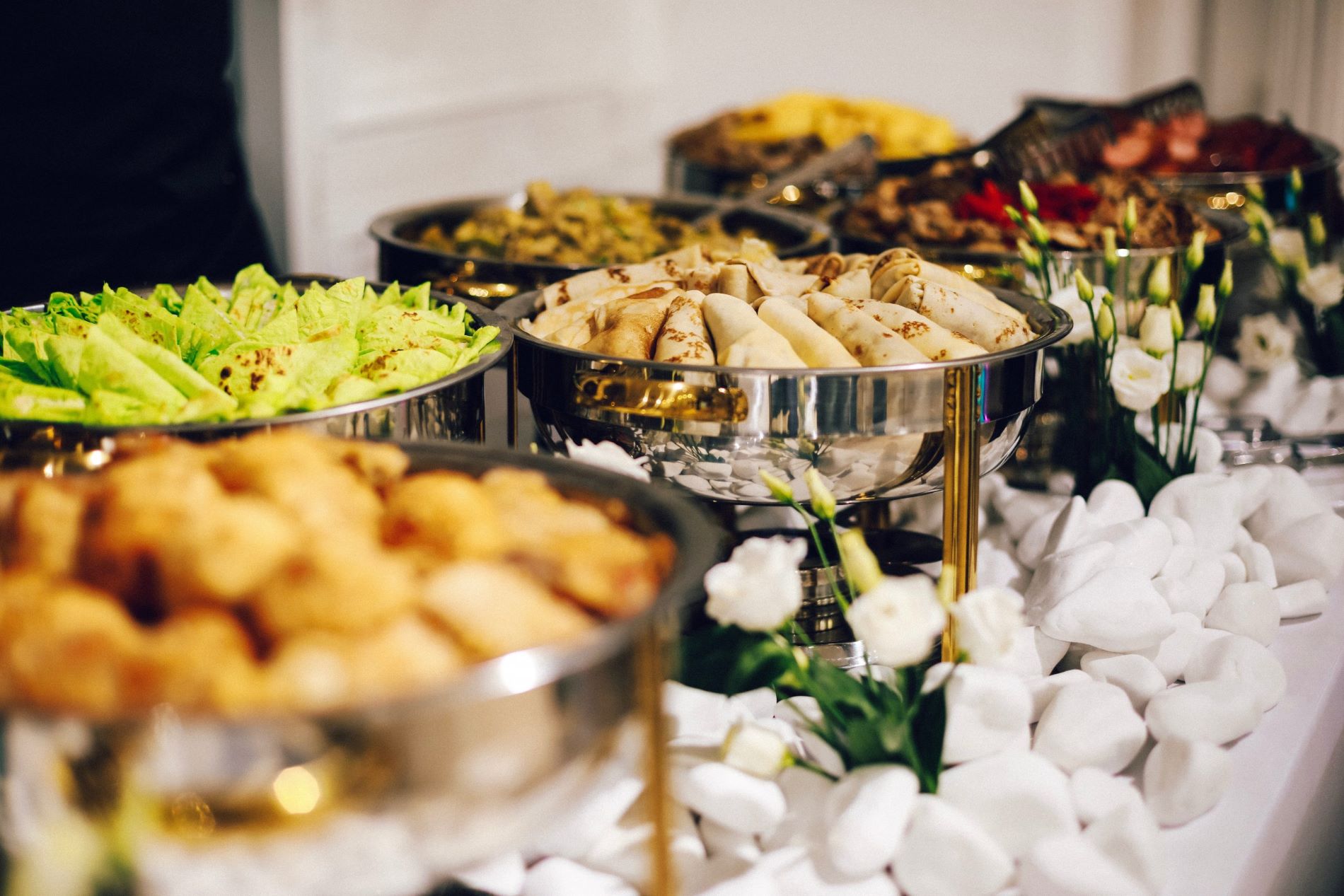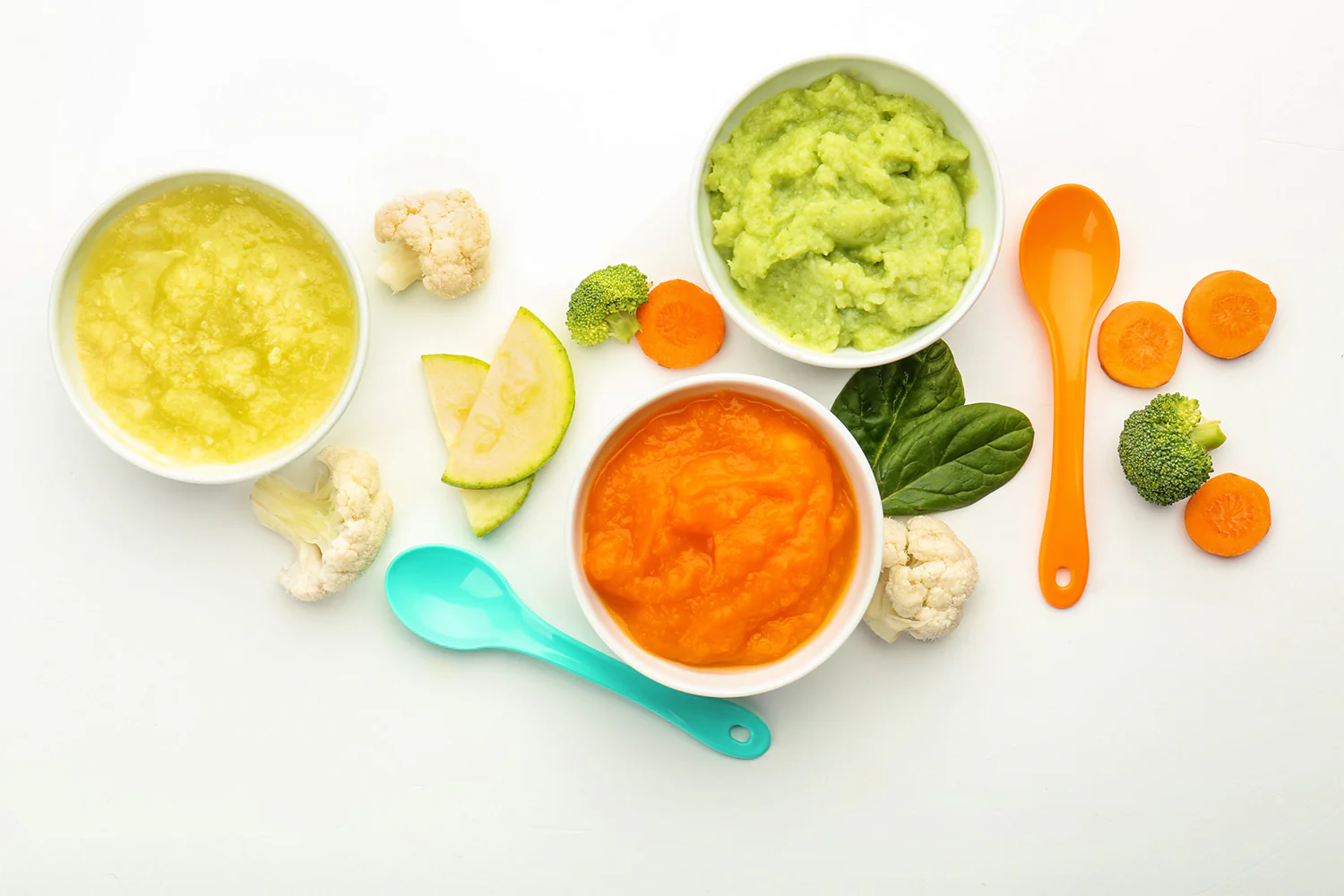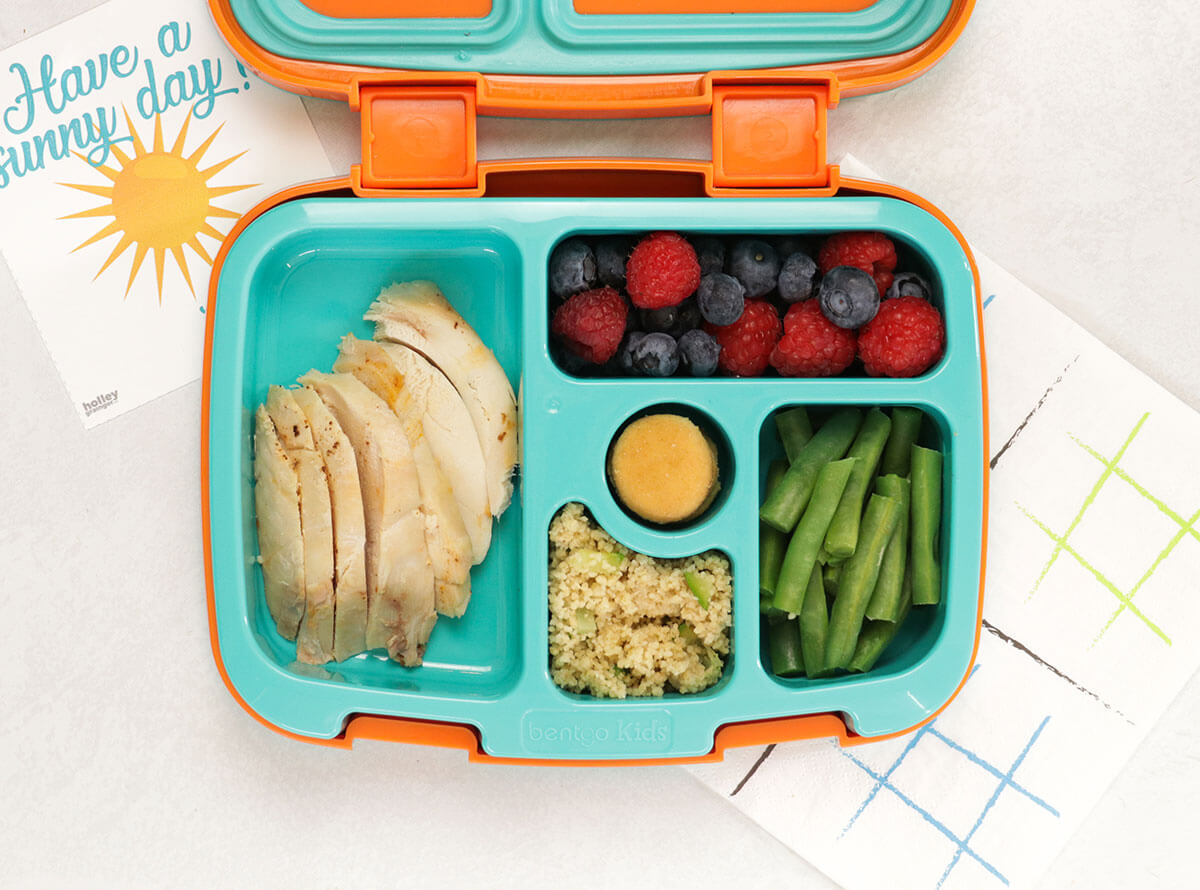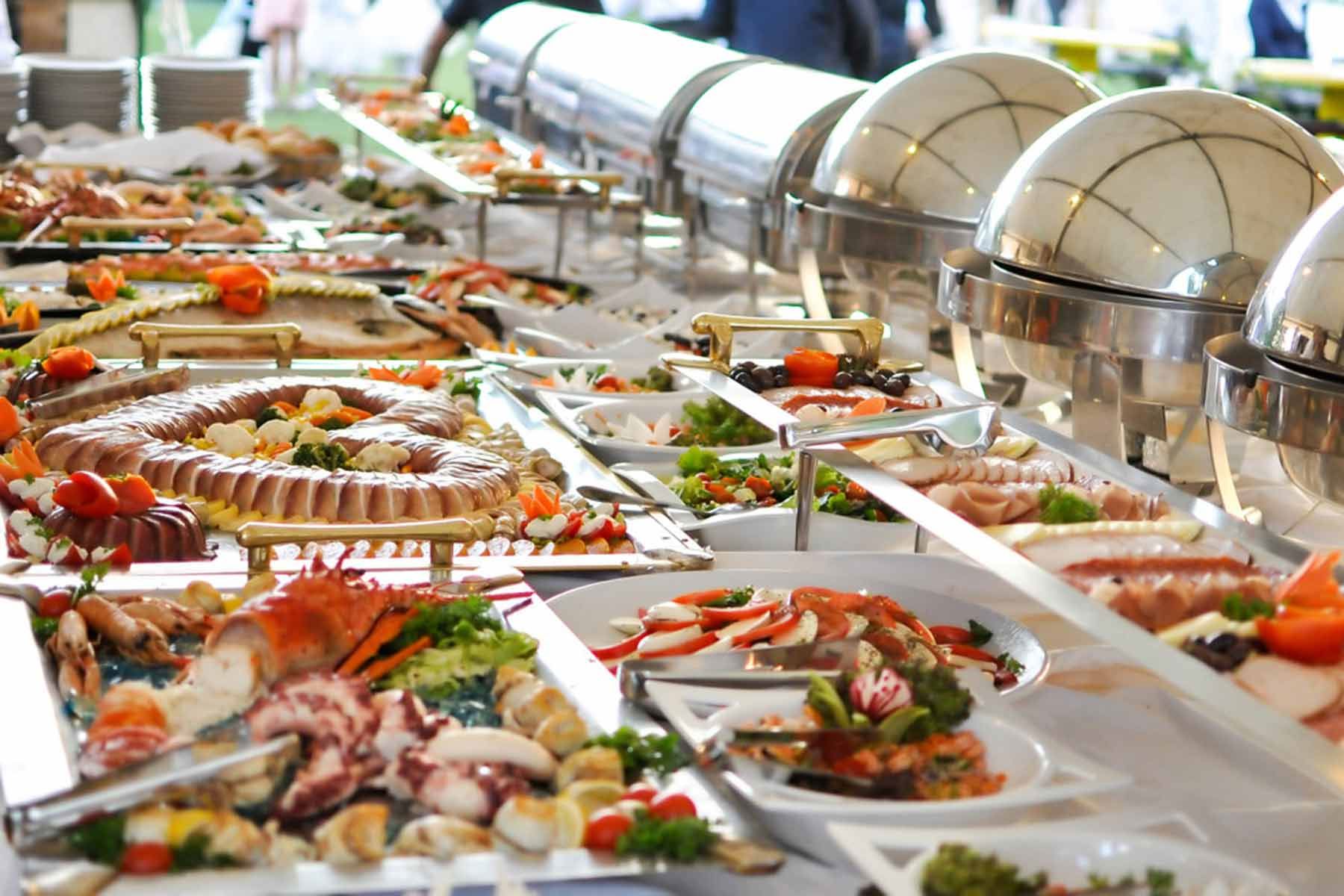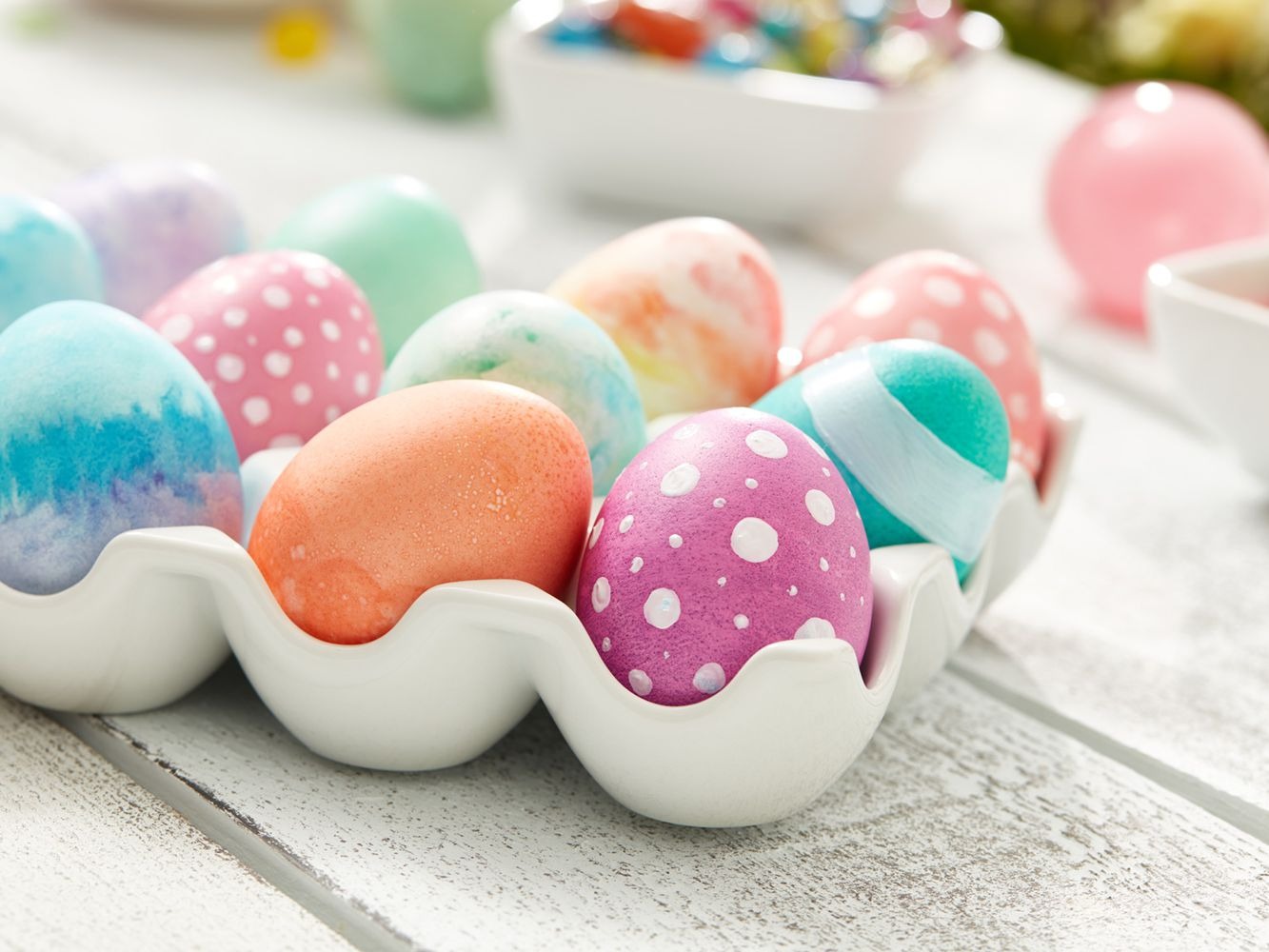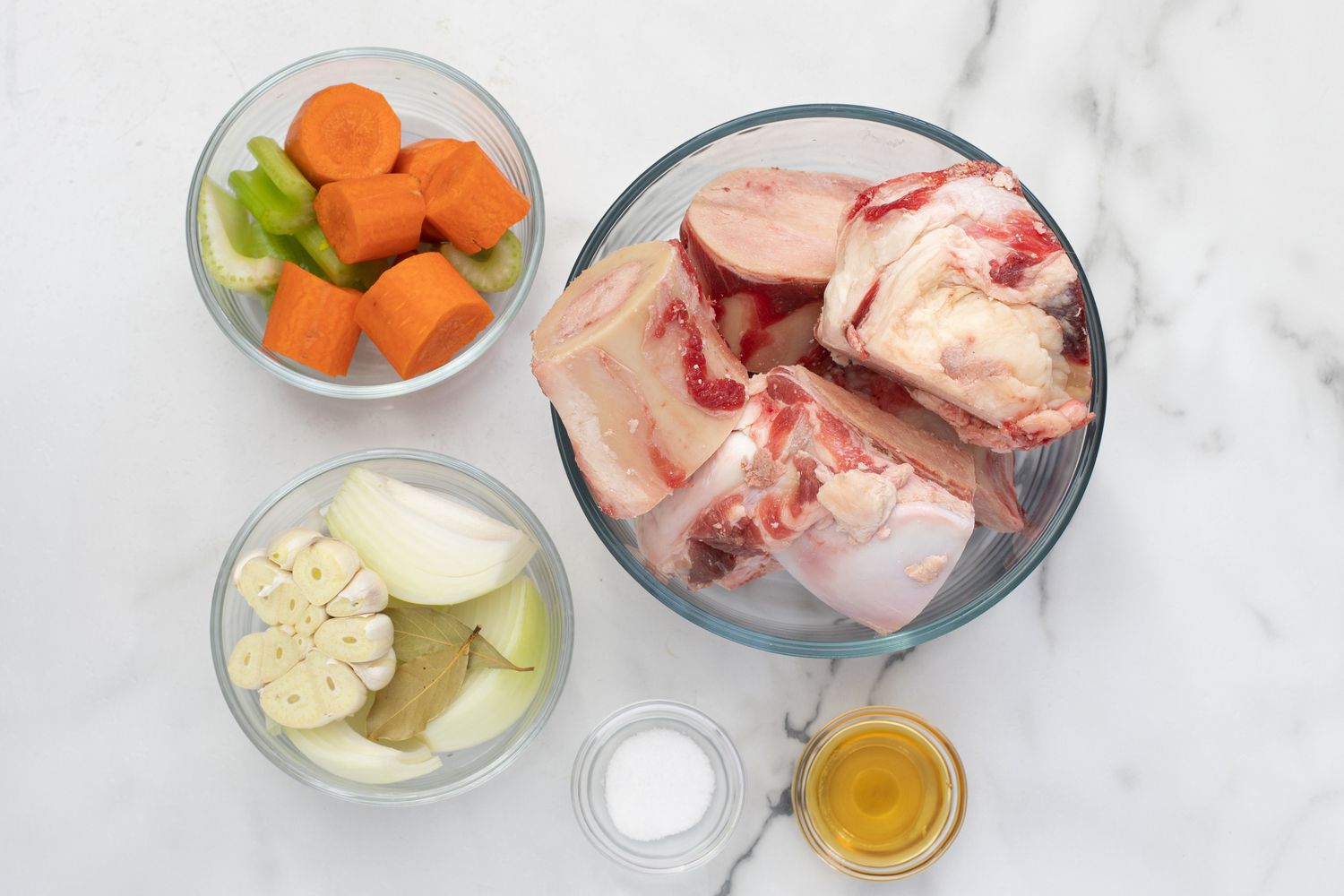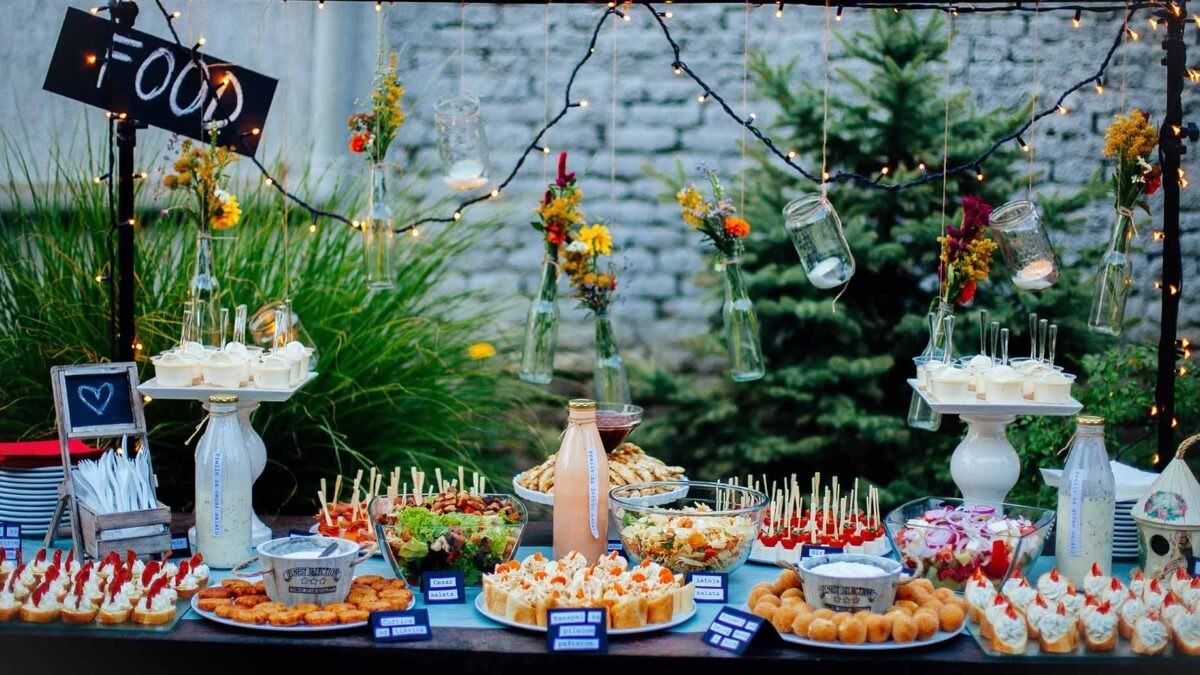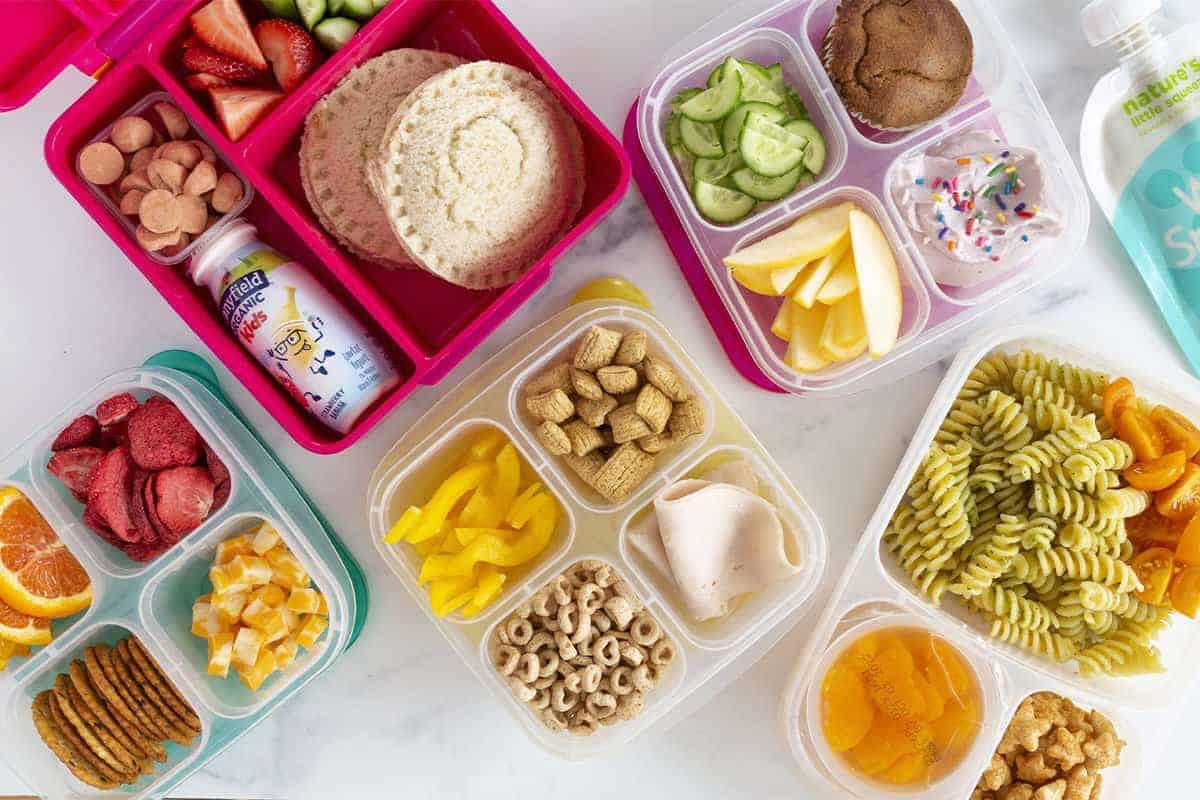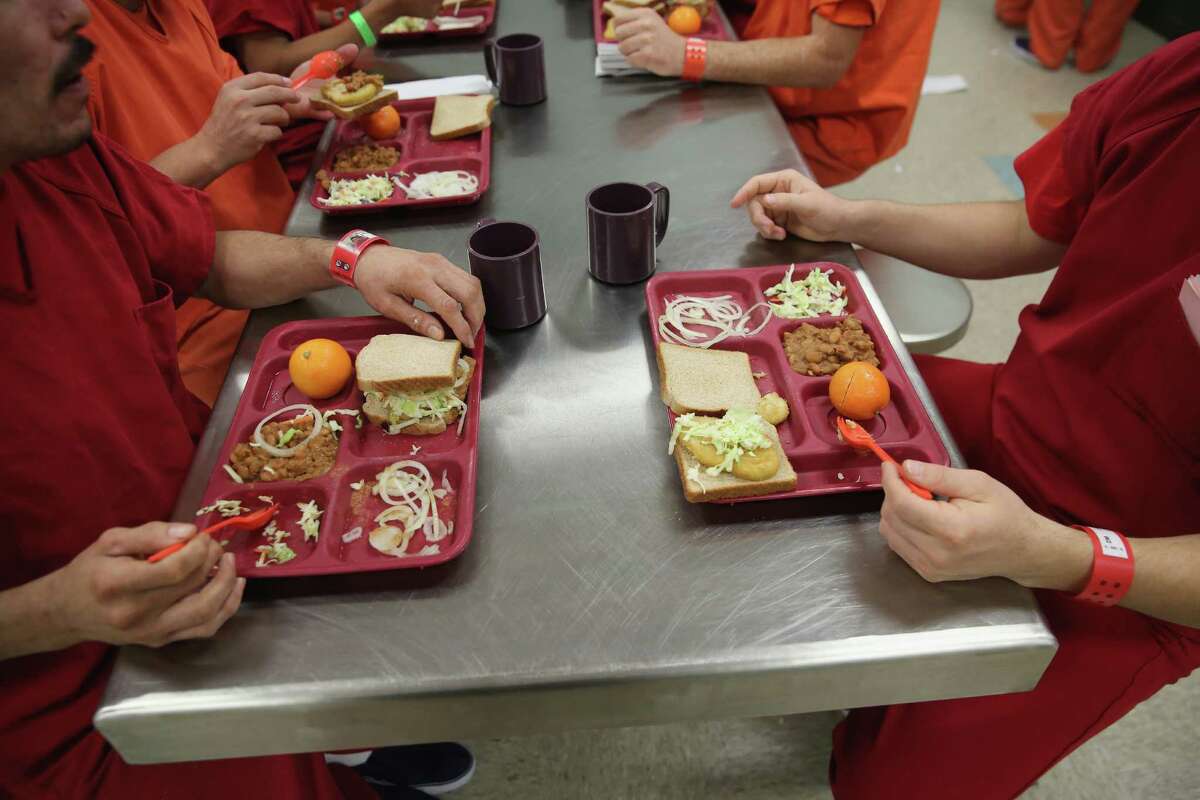Cooking for food allergies can feel challenging, but it opens doors to creativity in the kitchen. Whether dealing with gluten, dairy, nuts, or other common allergens, there are countless ways to craft delicious, safe meals. By using alternative ingredients and innovative techniques, you can transform traditional recipes into allergy-friendly dishes. This guide will explore various methods to ensure everyone at your table enjoys flavorful, satisfying food without worry. From simple swaps to inventive new recipes, discover how to make cooking for food allergies an exciting culinary adventure.
Essential Ingredients for Allergy-Friendly Cooking
Gluten-Free Pancakes
- 1 cup gluten-free flour blend
- 1 tablespoon sugar
- 1 teaspoon baking powder
- 1/2 teaspoon baking soda
- 1/4 teaspoon salt
- 1 cup almond milk (or any dairy-free milk)
- 1 tablespoon apple cider vinegar
- 1 large egg (or flax egg for vegan option)
- 2 tablespoons melted coconut oil
- 1 teaspoon vanilla extract
Dairy-Free Mac and Cheese
- 8 ounces gluten-free pasta
- 1 cup unsweetened almond milk
- 1/2 cup nutritional yeast
- 1/4 cup cashews (soaked in water for 2 hours)
- 2 tablespoons olive oil
- 1 tablespoon lemon juice
- 1 teaspoon garlic powder
- 1 teaspoon onion powder
- 1/2 teaspoon mustard powder
- Salt and pepper to taste
Nut-Free Pesto
- 2 cups fresh basil leaves
- 1/2 cup sunflower seeds
- 1/2 cup grated Parmesan cheese (or nutritional yeast for vegan option)
- 2 cloves garlic
- 1/2 cup olive oil
- Salt and pepper to taste
Egg-Free Chocolate Chip Cookies
- 1 cup all-purpose flour
- 1/2 teaspoon baking soda
- 1/4 teaspoon salt
- 1/2 cup vegan butter (or regular butter)
- 1/2 cup brown sugar
- 1/4 cup white sugar
- 1/4 cup unsweetened applesauce
- 1 teaspoon vanilla extract
- 1 cup dairy-free chocolate chips
Soy-Free Stir Fry
- 2 tablespoons olive oil
- 1 pound chicken breast (or tofu for vegetarian option)
- 1 red bell pepper, sliced
- 1 yellow bell pepper, sliced
- 1 cup broccoli florets
- 1 carrot, julienned
- 1/4 cup coconut aminos (soy sauce alternative)
- 1 tablespoon honey
- 1 teaspoon ginger, minced
- 2 cloves garlic, minced
- Salt and pepper to taste
Must-Have Tools for Creating Creative Approaches to Cooking for Food Allergies
Tools List for Creative Approaches to Cooking for Food Allergies
-
Allergy-Friendly Cookbooks
- Books with recipes free from common allergens like nuts, dairy, gluten, and eggs.
-
Food Processor
- Essential for making nut-free butters, gluten-free flours, and dairy-free sauces.
-
High-Speed Blender
- Perfect for smoothies, soups, and dairy-free milk alternatives.
-
Spiralizer
- Great for creating vegetable noodles as a gluten-free pasta substitute.
-
Air Fryer
- Helps make crispy, allergy-friendly snacks without the need for oil.
-
Instant Pot
- Versatile for cooking grains, beans, and stews quickly and safely.
-
Silicone Baking Mats
- Non-stick and reusable, ideal for baking without allergens.
-
Glass Storage Containers
- Safe for storing allergen-free meals and ingredients.
-
Digital Food Scale
- Ensures precise measurements, crucial for allergy-safe cooking.
-
Nut Milk Bag
- Useful for making homemade dairy-free milk.
-
Allergen-Free Ingredients
- Stock up on gluten-free flours, dairy-free milk, egg substitutes, and nut-free spreads.
-
Label Maker
- Helps keep track of allergen-free ingredients and meals.
-
Separate Cutting Boards
- Prevents cross-contamination by using different boards for allergen-free foods.
-
Dedicated Utensils
- Use separate utensils for cooking allergen-free meals to avoid contamination.
-
Allergy Alert Labels
- Clearly mark containers and dishes to indicate they are allergen-free.
-
Recipe Apps
- Apps that filter recipes based on specific allergies.
Cooking for food allergies requires innovation. Substitute ingredients wisely, like using almond milk for dairy or chickpea flour for wheat. Always read labels, even on familiar products, as ingredients can change.
The Importance of Allergy-Safe Cooking
Cooking for food allergies ensures safety and inclusivity. It prevents allergic reactions that can range from mild to severe. By using alternative ingredients, everyone can enjoy meals without fear. This approach also promotes awareness about different dietary needs, fostering a more inclusive and understanding food culture.
Step-by-Step Guide to Making Creative Approaches to Cooking for Food Allergies
Creative Approaches to Cooking for Food Allergies
-
Identify Allergens
- Read labels carefully.
- Consult with a doctor or allergist.
- Make a list of all allergens to avoid.
-
Substitute Ingredients
- Use almond milk or coconut milk instead of cow's milk.
- Replace wheat flour with rice flour or almond flour.
- Swap eggs with applesauce or flaxseed meal.
-
Explore Alternative Grains
- Cook with quinoa, amaranth, or millet.
- Try buckwheat or sorghum for baking.
- Use cornmeal for breading or baking.
-
Experiment with Dairy-Free Options
- Use nut-based cheeses like cashew cheese.
- Try soy yogurt or coconut yogurt.
- Replace butter with coconut oil or margarine.
-
Incorporate Plant-Based Proteins
- Use tofu or tempeh as meat substitutes.
- Add lentils, chickpeas, or black beans to dishes.
- Try seitan for a meat-like texture.
-
Use Natural Sweeteners
- Replace sugar with honey, maple syrup, or agave nectar.
- Use dates or bananas for natural sweetness.
- Try stevia or monk fruit for low-calorie options.
-
Create Flavor with Herbs and Spices
- Use fresh herbs like basil, cilantro, or parsley.
- Add spices such as cumin, turmeric, or paprika.
- Experiment with garlic, ginger, or lemon zest.
-
Make Homemade Sauces and Dressings
- Blend avocado with lime juice and cilantro for a creamy dressing.
- Use tahini, lemon juice, and garlic for a nutty sauce.
- Mix olive oil, vinegar, and mustard for a simple vinaigrette.
-
Try Gluten-Free Baking
- Use a gluten-free flour blend.
- Add xanthan gum or guar gum for better texture.
- Experiment with coconut flour or tapioca starch.
-
Prepare Nut-Free Snacks
- Make energy balls with sunflower seed butter.
- Use pumpkin seeds or hemp seeds for added crunch.
- Try roasted chickpeas or edamame for a savory snack.
-
Cook with Allergy-Friendly Oils
- Use olive oil, coconut oil, or avocado oil.
- Avoid peanut oil and sesame oil if allergic.
- Try grapeseed oil or sunflower oil for high-heat cooking.
-
Plan Balanced Meals
- Include protein, carbs, and healthy fats.
- Use a variety of fruits and vegetables.
- Ensure meals are nutrient-dense and satisfying.
Cooking with Care
Cooking for food allergies doesn't have to be a chore. With a bit of creativity and planning, you can whip up delicious meals that everyone can enjoy. Start by identifying safe ingredients and experimenting with substitutes. For instance, use almond milk instead of dairy or flaxseed as an egg replacement. Always read labels carefully and keep your kitchen free from cross-contamination.
Try new recipes and adapt old favorites to fit dietary needs. Don't be afraid to ask for help or seek out resources like allergy-friendly cookbooks and websites. Remember, the goal is to make meals that are both safe and tasty. With these tips, you'll be well on your way to becoming a pro at cooking for food allergies. Happy cooking!
Common Questions About Creative Approaches to Cooking for Food Allergies
What are some common food allergies I should be aware of when cooking?
Well, when you're whipping up meals, keep an eye out for the big players in the allergy game. These include milk, eggs, peanuts, tree nuts, soy, wheat, fish, and shellfish. Knowing these can help you tailor your dishes to be more inclusive and safe for everyone.
How can I substitute eggs in recipes?
Great question! For baking, applesauce, mashed bananas, or commercial egg replacers work wonders. Each of these can mimic the moisture and binding properties of eggs. Just remember, the flavor might change a bit, so pick something that complements your dish.
Can I still make creamy dishes without dairy?
Absolutely! For that creamy texture, coconut milk, cashew cream, or almond milk are fantastic dairy-free alternatives. They're rich, creamy, and can slide into most recipes as a smooth swap for cow's milk or cream.
What's a good way to ensure my kitchen is safe for cooking with food allergies?
Keeping your kitchen safe means being vigilant about cross-contamination. Use separate utensils, cutting boards, and pans when preparing allergen-free meals. Also, always thoroughly clean surfaces before starting. This extra step can make a big difference in safety.
How do I make gluten-free flour blends for baking?
Mixing your own gluten-free flour blend can be a game-changer. Start with a base of rice flour or almond flour, then add potato starch and xanthan gum to give it that traditional flour feel. Experiment with proportions to find the perfect blend for your recipes.
Are there any natural sweeteners I can use instead of sugar?
Sure thing! Honey, maple syrup, and agave nectar are all natural sweeteners that can replace sugar in recipes. They add a unique flavor and are often sweeter than sugar, so you might use less. Just keep in mind the liquid content of your dish might need adjusting.
What are some creative ways to add flavor without common allergens?
Spices and herbs are your best friends here. They can add depth and complexity to dishes without the need for allergenic ingredients. Also, don't underestimate the power of citrus zest and juice; they can brighten up any dish. Experimenting with different combinations can lead to delicious discoveries.
